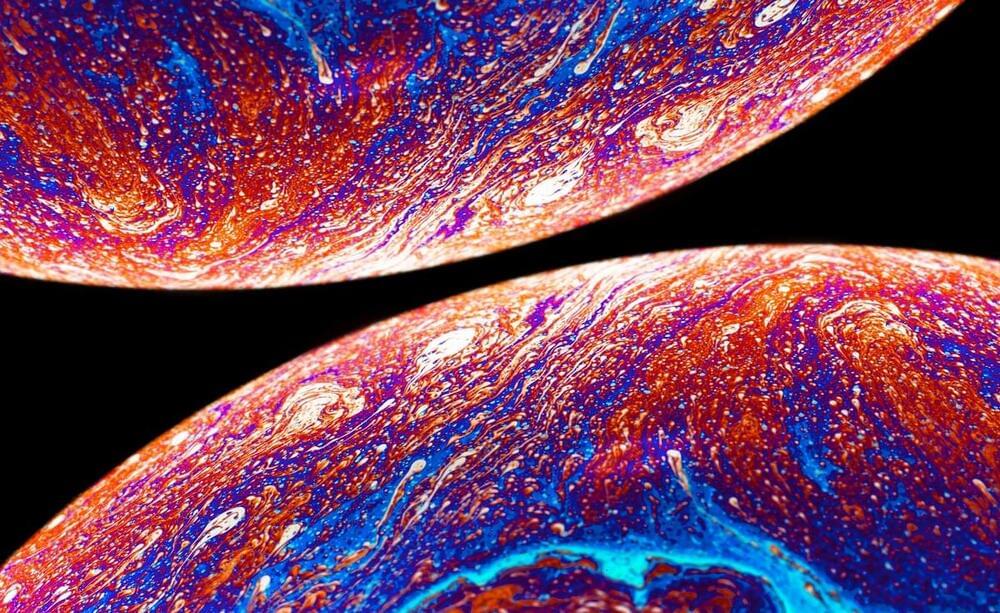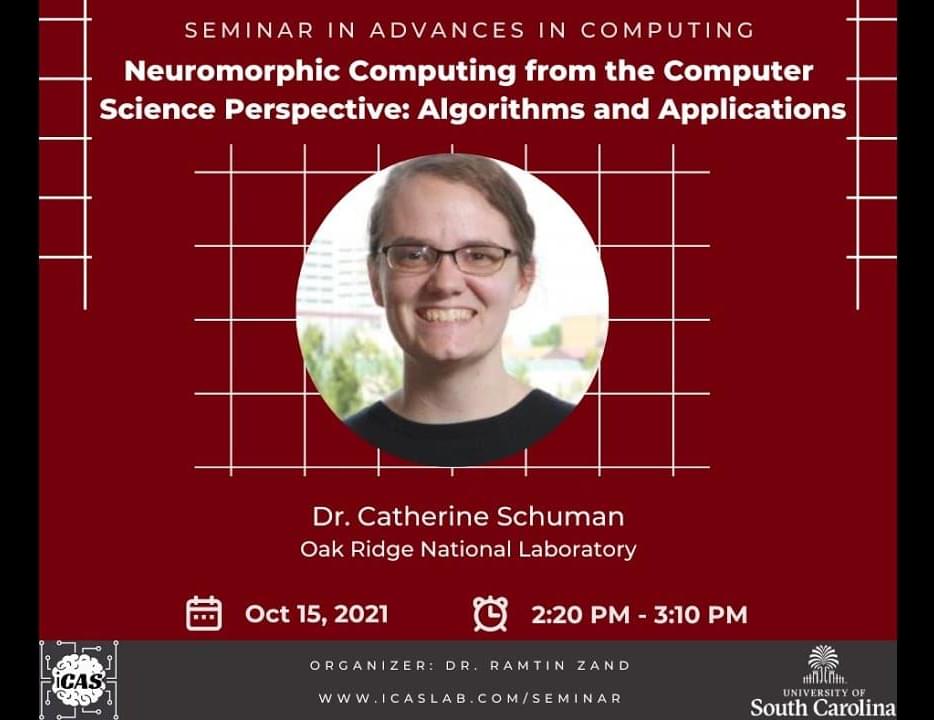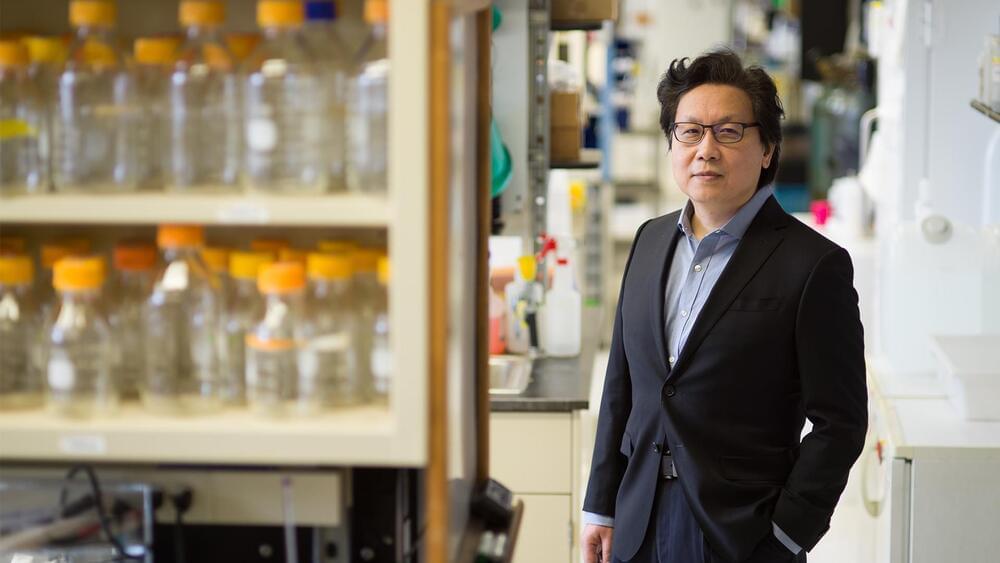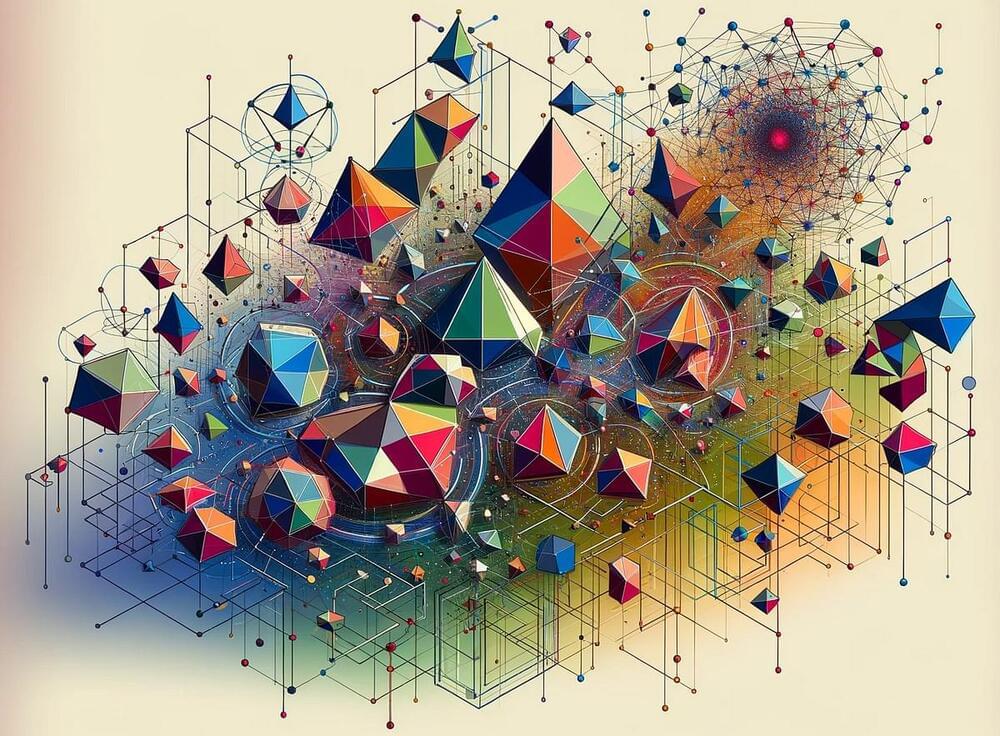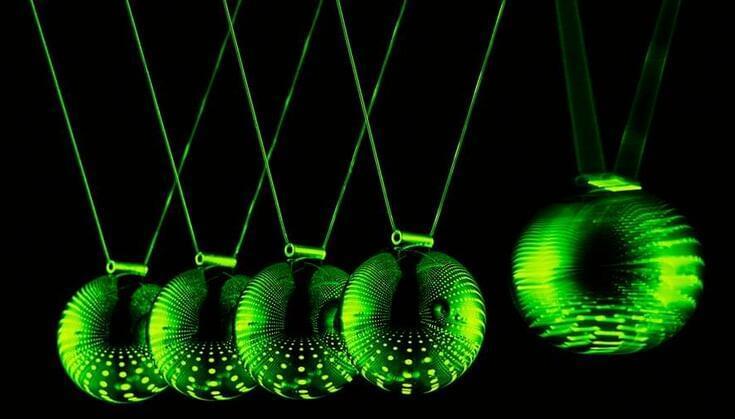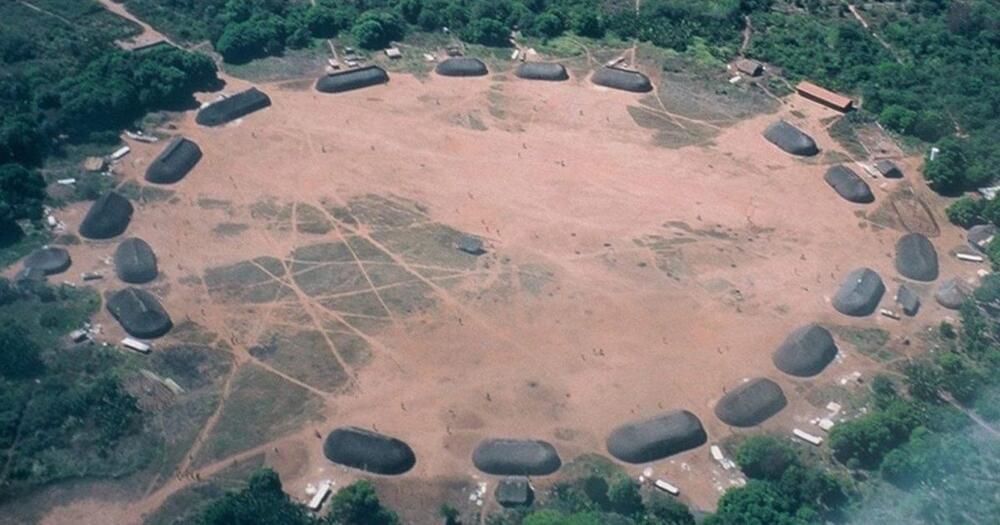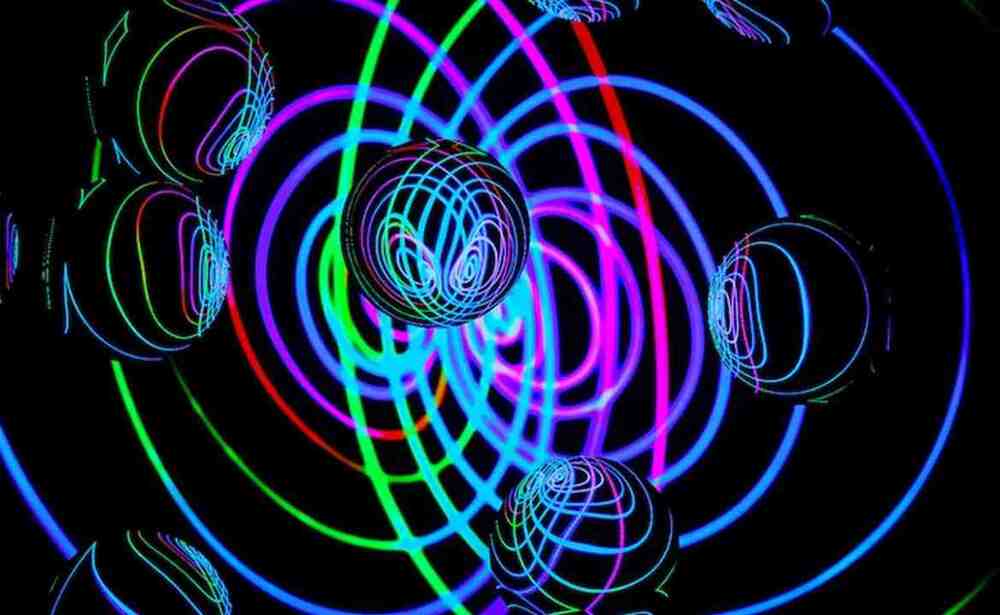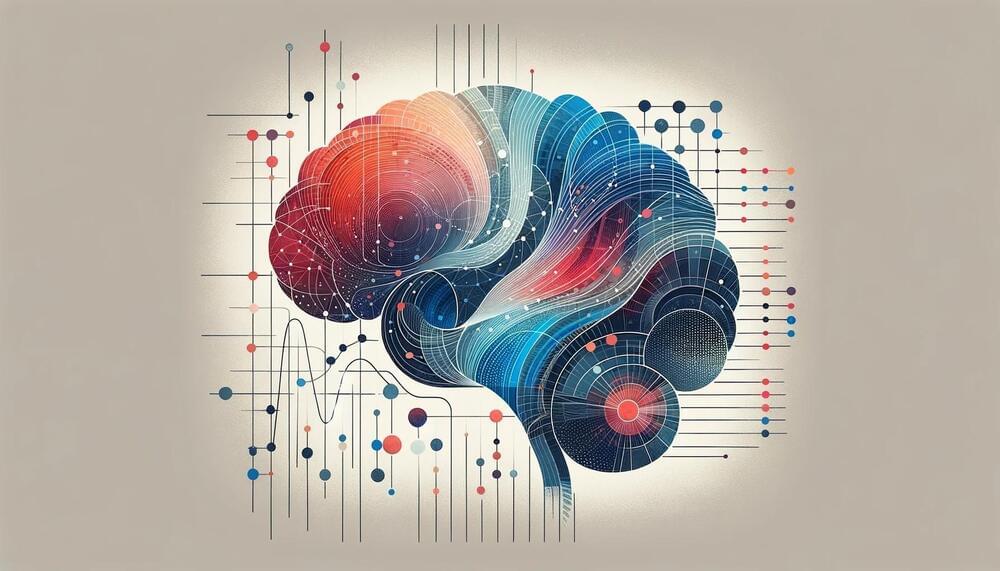Does dark matter reside in a deformed mirror universe of our own, where rules are different and atoms failed to form?
Speaker’s Bio: Catherine (Katie) Schuman is a research scientist at Oak Ridge National Laboratory (ORNL). She received her Ph.D. in Computer Science from the University of Tennessee (UT) in 2015, where she completed her dissertation on the use of evolutionary algorithms to train spiking neural networks for neuromorphic systems. She is continuing her study of algorithms for neuromorphic computing at ORNL. Katie has an adjunct faculty appointment with the Department of Electrical Engineering and Computer Science at UT, where she co-leads the TENNLab neuromorphic computing research group. Katie received the U.S. Department of Energy Early Career Award in 2019.
Talk Abstract: Neuromorphic computing is a popular technology for the future of computing. Much of the focus in neuromorphic computing research and development has focused on new architectures, devices, and materials, rather than in the software, algorithms, and applications of these systems. In this talk, I will overview the field of neuromorphic from the computer science perspective. I will give an introduction to spiking neural networks, as well as some of the most common algorithms used in the field. Finally, I will discuss the potential for using neuromorphic systems in real-world applications from scientific data analysis to autonomous vehicles.
Organizer: Dr. Ramtin Zand.
Seminar Webpage: https://www.icaslab.com/Seminar
Einstein scientist Xingxing Zang, Ph.D., has teamed up with Einstein grad, Elizabeth Stoner, M.D.
Albert Einstein College of Medicine researcher Xingxing Zang, Ph.D., latest cancer research and clinical trial.
Latent Topology Inference
Posted in robotics/AI
Topological Deep Learning (TDL) is gaining traction for its ability to capture higher-order interactions beyond the pairwise structure of #graphs, using tools from #algebraic #topology, especially combinatorial topological spaces.
How combinatorial topological spaces can be used to promote a paradigm shift from inferring pairwise to multiway latent relationships in data.
Several problems in machine learning call for methods able to infer and exploit multi-way, higher-order relationships hidden in the data. We propose the new beyond-graph paradigm of Latent Topology Inference, which aims to learn latent higher-order combinatorial topological spaces describing multi-way interactions among data points. To make Latent Topology Inference implementable, we introduce the Differentiable Cell Complex Module, a novel learnable function able to infer a latent cell complex to improve the downstream task.
This post is based on the paper by Claudio Battiloro, Indro Spinelli, et al., “From Latent graph to Latent Topology Inference: Differentiable Cell Complex Module”, ICLR 2024, a collaboration with Lev Telyatnikov, Michael Bronstein, Simone Scardapane, and Paolo Di Lorenzo. The code can be found here.
In an extremely cosmic–brain take, University of Rochester astrophysics professor Adam Frank suggests that a civilization could advance so much that it could eventually tinker with the fundamental laws of physics.
It’s a mind-bending proposition that ventures far beyond the conventional framework of scientific understanding, a reminder that perhaps we should dare to think outside the box — especially as we continue our search for extraterrestrial civilizations.
If a civilization were to be able to change the laws of physics, “the very nature of energy itself, with established rules like energy conservation, would be subject to revision within the scope of engineering,” Frank, who is part of the NASA-sponsored Categorizing Atmospheric Technosignatures program, wrote in an essay for Big Think.
A temporary lake at Badwater Basin in Death Valley National Park has persisted for more than six months, which is far longer than it has lasted before. And experts say that it could stick around for quite a while yet.
Archaeologists have dug up mysteriously black and fertile patches of ancient soils in hundreds of sites across the Amazon. 🌎 https://www.freethink.com/science/carbon-dark-earth-ancient-technique
The team’s study appears in Science Advances. Other authors include former MIT postdoc and lead author Morgan Schmidt, anthropologist Michael Heckenberger of the University of Florida, and collaborators from multiple institutions across Brazil.
In their current study, the team synthesized observations and data that Schmidt, Heckenberger, and others had previously gathered, while working with Indigenous communities in the Amazon since the early 2000s, with new data collected in 2018–19. The scientists focused their fieldwork in the Kuikuro Indigenous Territory in the Upper Xingu River basin in the southeastern Amazon. This region is home to modern Kuikuro villages as well as archaeological sites where the ancestors of the Kuikuro are thought to have lived. Over multiple visits to the region, Schmidt, then a graduate student at the University of Florida, was struck by the darker soil around some archaeological sites.
“When I saw this dark earth and how fertile it was, and started digging into what was known about it, I found it was a mysterious thing — no one really knew where it came from,” he says.
A team of physicists, including University of Massachusetts assistant professor Tigran Sedrakyan, recently announced in the journal Nature that they have discovered a new phase of matter. Called the “chiral Bose-liquid state,” the discovery opens a new path in the age-old effort to understand the nature of the physical world.
Under everyday conditions, matter can be a solid, liquid or gas. But once you venture beyond the everyday—into temperatures approaching absolute zero, things smaller than a fraction of an atom or which have extremely low states of energy—the world looks very different. “You find quantum states of matter way out on these fringes,” says Sedrakyan, “and they are much wilder than the three classical states we encounter in our everyday lives.”
Sedrakyan has spent years exploring these wild quantum states, and he is particularly interested in the possibility of what physicists call “band degeneracy,” “moat bands” or “kinetic frustration” in strongly interacting quantum matter.
CHEAR Seminar
Posted in futurism
😔 🧠 🔍
Study reveals that exposure to depression correlates with significant functional brain changes, varying by depression definition, without notable structural differences, emphasizing the need for precise diagnostic criteria to enhance treatment outcomes.
